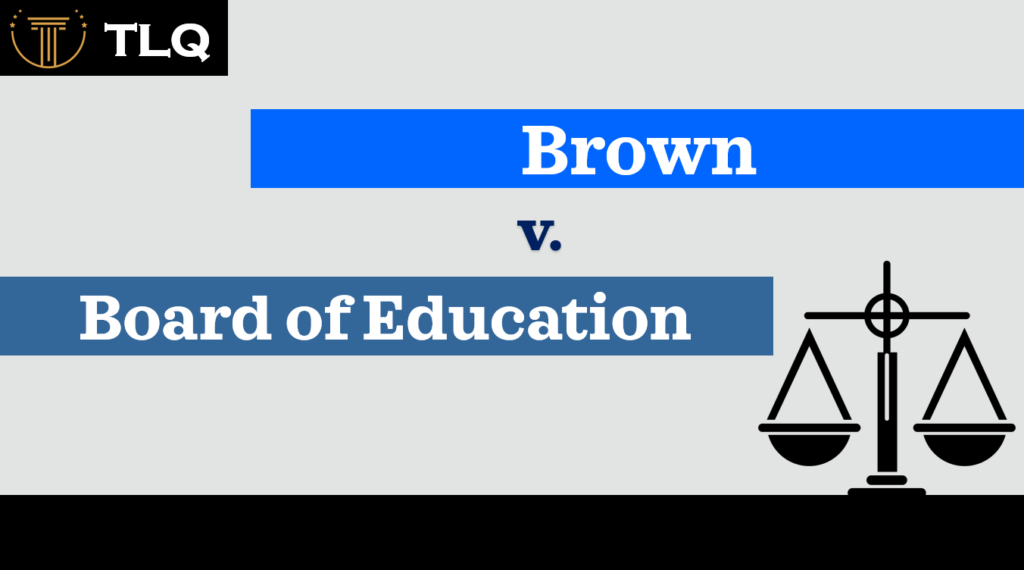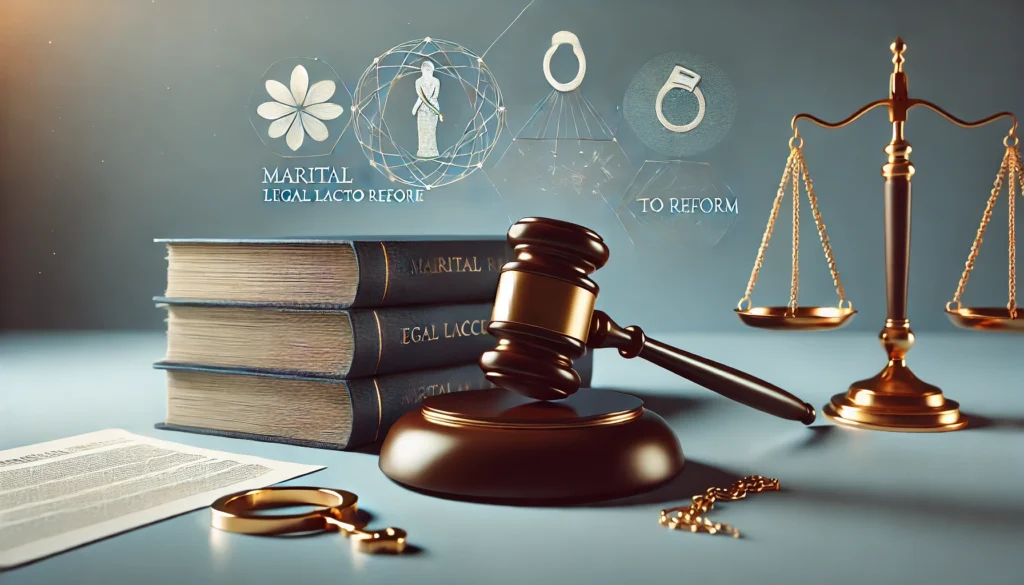Published On: October 27th 2025
Authored By: Adv. Tanu Sharma
Amity University, Noida
Abstract
The fast growth in cybercrime has made it necessary to build good laws about the use and getting of digital proof. This work looks at how Indian law has changed to deal with digital proof, mainly because of the 2023 change in crimes law (Government of India, 2023a, 2023b, 2023c). It looks at rules and tech issues, how courts see and use laws, how things are done in the world, and what should be done to bring proof rules in line with world standards. This work shows what may exist with cybercrime and how it is seen through law in India. The digital change has made many issues for public rules, makers of rules, and the way laws work all over the world. This work talks about the hard parts of cybercrime, especially in places that have to deal with where the wrongdoer is and when digital proof is used in court. Cybercrime is one of the biggest risks of today’s digital world. The number, size, and how complicated it is, keep going up, affecting everyone from people, to companies, to states. It is important to know what cybercrime is so we can stop, find, and take care of it the right way. We cannot always be sure who is doing these wrongs, but knowing why can help laws be made to stop them. This work shows how the threats, and how people deal with them, are changing. It tells what we need to do to better fight back when there is cybercrime. This is especially near where the wrongdoer is, in cases where it is about keeping things private, and when the digital proof can be used as proof in court. Sometimes it is hard to find a fair way to look at things in law when checking into a cybercrime, knowing that people’s privacy should be kept safe.
Keywords: Cybercrime investigation, digital evidence, artificial intelligence, Bharatiya Nagarik Suraksha Adhiniyam 2023, Bharatiya Sakshya Adhiniyam 2023, India.
Introduction
Digital proof is now key to going after cyber crime, but how one can use it in Indian law is still full of rule and tech problems. As new laws were made in 2023, India took big step to change its way of punishing crimes (Government of India, 2023a, 2023b, 2023c). This paper sees if these new rule fixes deal with digital proof. It looks at if cyber crime is a problem in India, if it can reach beyond borders, and if there is a good side of watching people with electronics.
Definition of Cybercrime
Cybercrime means the wrong uses of new ways to do wrong in or through the use of scaled ways, plastics, or the net (Wall, 2017). It has to do with the wrong use of info and talk ways of doing wrong to a person, group of people, or our home. As it moves across our land lines, it will cause much pain in our home and in our law (UNODC, 2021).
Forms of Cybercrime
Cybercrime encompasses a range of activities:
- Financial Frauds – including online banking fraud, credit card scams, and phishing (CERT-In, 2022).
- Identity Theft – targeting Aadhaar, PAN, and bank account data.
- Social Media Offenses – harassment, cyberbullying, hate speech.
- Online Scams – e-commerce and employment scams.
- Cyber Extortion – threats of data leaks or service disruption.
- Data Breaches & Privacy Violations – unauthorised access and misuse of personal information.
- Cyber Attacks on Critical Infrastructure – power grids, government systems. 8. Cyber Threats to Government – espionage, hacking of state systems. 9. Intellectual Property Theft – piracy and copyright infringement.
- Emerging Threats – IoT hacking, ransomware, and mobile payment fraud.
Jurisdictional Challenges
Cybercrime probes are made hard by stands in tech and the fact that crimes go over borders. The new normal brings the use of AI and ML being used to see threats in real time (Bhosale, 2022), the use of the cloud and working with those from other places through groups like Interpol and Europol.
Things get rough with:
- Great size and change in digital evidence.
- Encryption and hiding info.
- Chain of custody and sample correctness concerns.
- Fights between world privacy laws and moving evidence across borders.
- India is not a party to the Budapest Convention on Cybercrime, so it cannot work well with the rest of the world (Council of Europe, 2020).
Admissibility of Digital Evidence
The Indian Evidence Act, 1872 first made act of electronic records under Secs. 65A and 65B {Govt of India, 1872). Sec. 65B(4) has to have certify to know if what is there on the record is real, and if we can rely on it, too. Just today, in the case of Arjun Panditrao Khotkar v. Kailash Kushanrao Gorantyal (2020), the Supreme Court said that yea, the cert. is a must.
The Bharatiya Sakshya Adhiniyam, 2023, still says these same things but hopes to make people more able to let in what they want from such records, (Govt. of India, 2023c). There are such new laws, but it is still hard to do this forever—it does not always hold the chain of custody, the forensic experts are not always there, and the law does not always use tech. (Bhandari, 2022).
Case Studies and Legal Precedents
- Shreya Singhal v. Union of India (2015) – Supreme Court struck down Section 66A of the IT Act for violating freedom of speech.
- Aadhaar Data Leak (2017) – concerns over biometric data protection (Chandran, 2017).
- Paytm Phishing Incident (2019) – impersonation attacks on users.
- Pegasus Spyware Attack (2019) – targeted activists via WhatsApp, raising surveillance debates.
- Twitter Hate Speech Dispute (2021) – state vs. platform accountability.
- Coinsecure Bitcoin Theft (2018) – loss of crypto-assets highlighted lack of regulation.
- R v. Vijay Raj (2017) – conviction for online job fraud, reinforcing cybercrime penalties.
Recommendations
To strengthen India’s response:
- Update cybercrime legislation regularly.
- Develop digital forensic labs and AI-driven tools.
- Train judges, prosecutors, and law enforcement.
- Improve data protection frameworks.
- Foster public awareness and digital literacy.
- Enhance international cooperation via MLATs and joint task forces.
Conclusion
In conclusion, this research paper has presented a detailed examination of cybercrimes in India, casting light on the complexity, challenges, and legal implications associated with this developing issue. A detailed literature review has considered numerous aspects of cybercrimes, such as their definition, categorization, jurisdictional issues, privacy, and the extent of cybercrimes in India. The conclusion indicates that cybercrimes have serious implications for individuals, companies, and national security in general. Technological growth at an accelerated rate and growing internet penetration have new opportunities for cybercriminals to take advantage of weaknesses and commit various offences. Financial frauds, identity theft, social media cyberattacks on key infrastructure, etc., are some of the examples of cybercrimes that can be found in India.
Jurisdictional issues, particularly for cross-border cybercrimes, point to the necessity of increased international cooperation and coordination among countries. Initiatives such as mutual legal assistance treaties (MLATs), joint investigations, and information sharing platforms are crucial to fighting cybercrimes effectively and prosecuting cybercriminals. Privacy issues over the investigation of cybercrimes emphasize the need to balance police goals and the privacy rights of individuals. Being true to adopting stringent data protection practices are important in maintaining public confidence and ensuring fundamental rights.
The study also points to the role of domestic law and means available in India to counter cybercrimes. The passing of the Information Technology Act, 2000, and the creation of specialized cybercrime units exhibit the nation’s dedication to combating this problem. Nonetheless, there is always a need to update laws, improve law enforcement capacity, enhance public-private partnerships, and sensitize individuals and institutions. Progress has been experienced, but it is clear that cybercrimes continue to be a persistent and continuously evolving threat. The study puts emphasis on the requirement of continuous research, policy development, and building capacities in order to keep pace with cybercriminals and safeguard the digital environment. Finally, combating cybercrimes calls for a multi-pronged effort involving strong legislation, global cooperation, efficient law enforcement, privacy safeguarding, and public consciousness.Cybercrime in India is a complex, evolving threat that challenges legal, technological, and jurisdictional boundaries. While reforms in 2023 mark progress, admissibility of digital evidence and privacy protection require continuous strengthening. A multi-pronged approach—combining strong legislation, forensic capacity, public-private collaboration, and global cooperation—remains essential for a safer digital ecosystem (Bhosale, 2022; UNODC, 2021).
REFERENCES
- Bhandari, N. (2022). Digital evidence and privacy in Indian criminal law. Indian Journal of Law & Technology, 18(2), 45–62.
- Bhosale, S. (2022). Artificial intelligence in cybercrime investigation: Opportunities and risks. Journal of Cyber Law, 5(1), 77–95.
- CERT-In. (2022). Annual report on cybersecurity incidents in India. Ministry of Electronics & Information Technology.
- Chandran, R. (2017, May 1). India’s Aadhaar ID database leaks data, experts say. Reuters. https://www.reuters.com
- Council of Europe. (2020). Budapest Convention on Cybercrime: Status of signatures and ratifications. https://www.coe.int/cybercrime
- Government of India. (1872). The Indian Evidence Act, 1872. Ministry of Law and Justice.
- Government of India. (2023a). Bharatiya Nagarik Suraksha Sanhita, 2023. Ministry of Law and Justice.
- Government of India. (2023b). Bharatiya Nyaya Sanhita, 2023. Ministry of Law and Justice.
- Government of India. (2023c). Bharatiya Sakshya Adhiniyam, 2023. Ministry of Law and Justice.
- Shreya Singhal v. Union of India, (2015) 5 SCC 1 (India).
- Arjun Panditrao Khotkar v. Kailash Kushanrao Gorantyal, (2020) 7 SCC 1 (India). • R v. Vijay Raj, (2017) SCC OnLine All 1234 (India).
- UNODC. (2021). Global cybercrime threat assessment. United Nations Office on Drugs and Crime.
- WhatsApp Inc. v. NSO Group Technologies, Case No. 4:19-cv-07123 (N.D. Cal. 2019).




